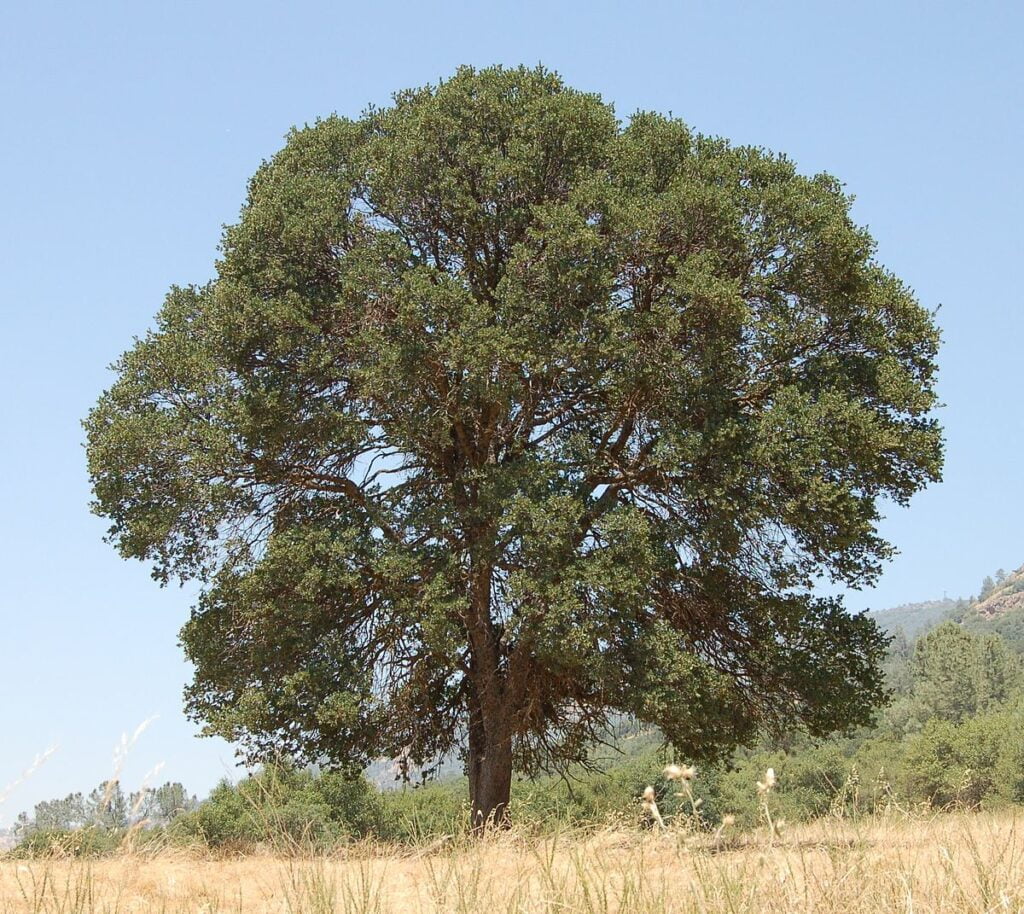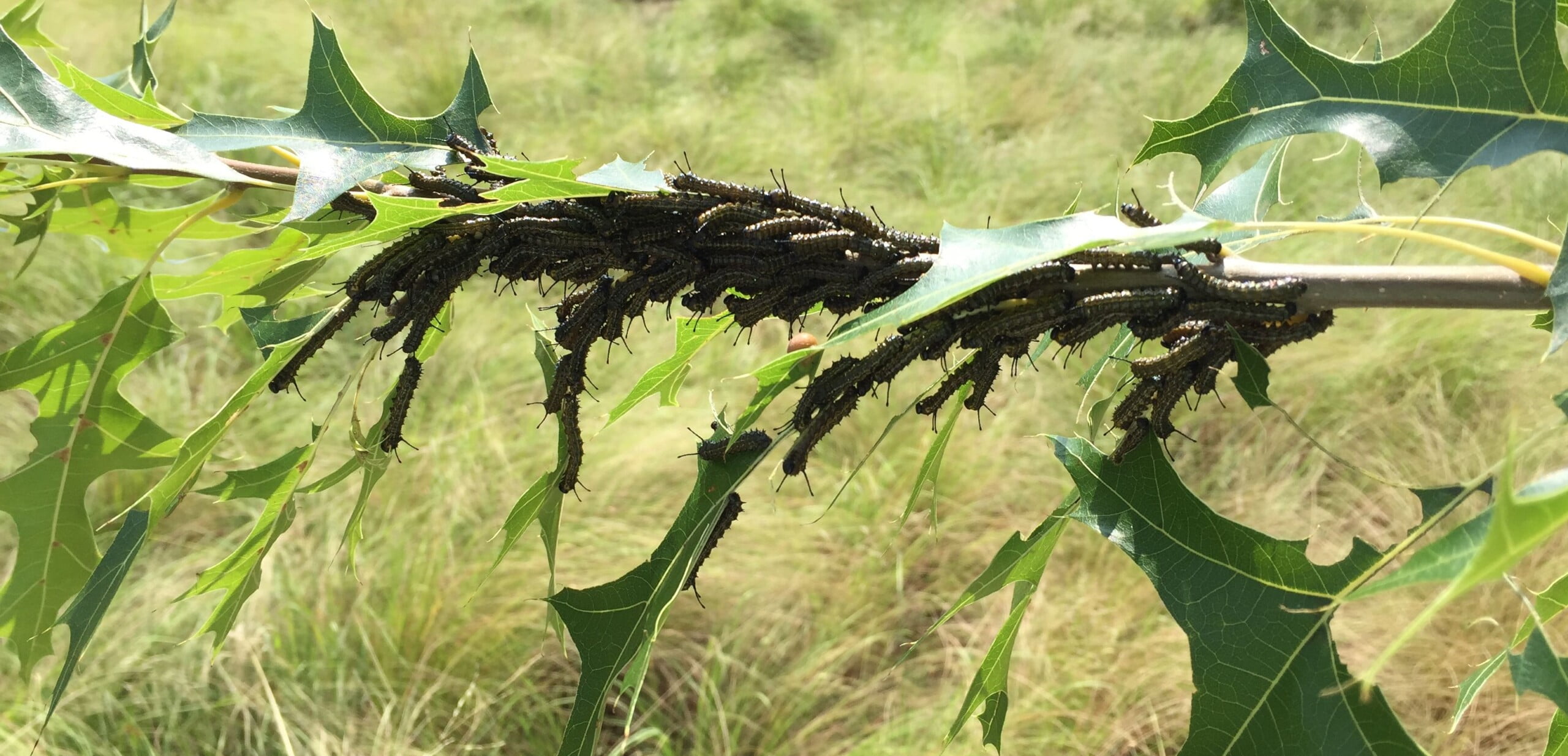3. Regional Oak Champions:
Let’s delve into the significance of a key Oak species from each US Region:
Northeast (The New England Region):
Eastern White Oak (Quercus alba): Known for its majestic spread and pale bark, the Eastern White Oak is not only a sight to behold but also supports a myriad of caterpillar species, making it a linchpin in the region’s ecological balance.
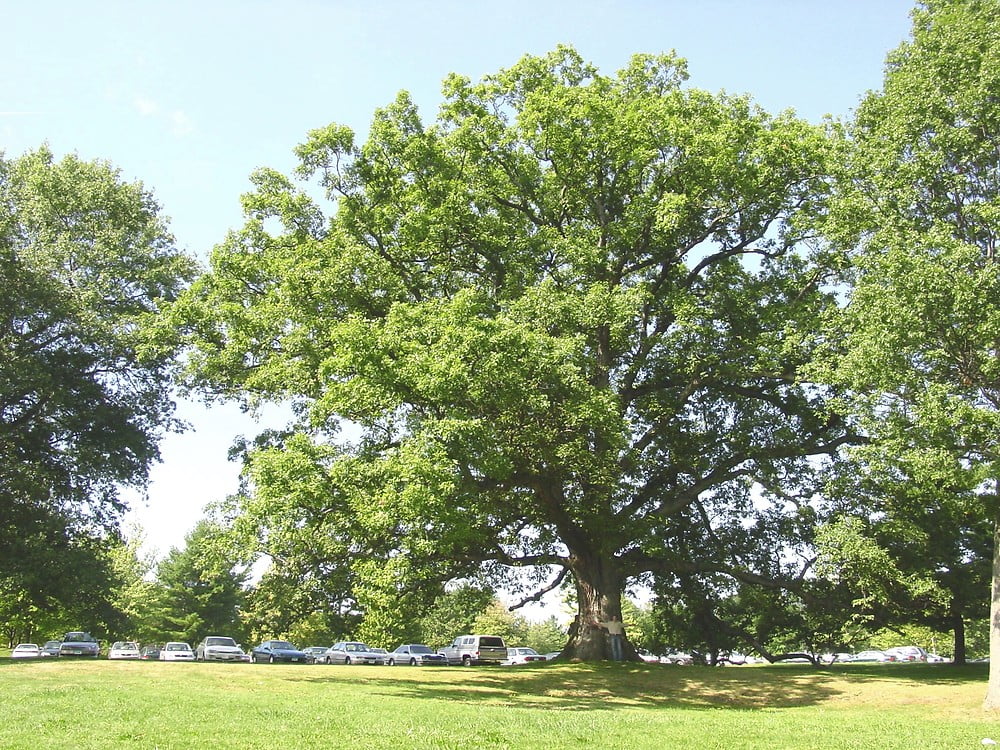
Midwest (The East North Central Region):
Bur Oak (Quercus macrocarpa): With its distinctive acorns and rugged bark, the Bur Oak is resilient, thriving in the varied Midwestern climates and serving as a refuge for numerous larvae.
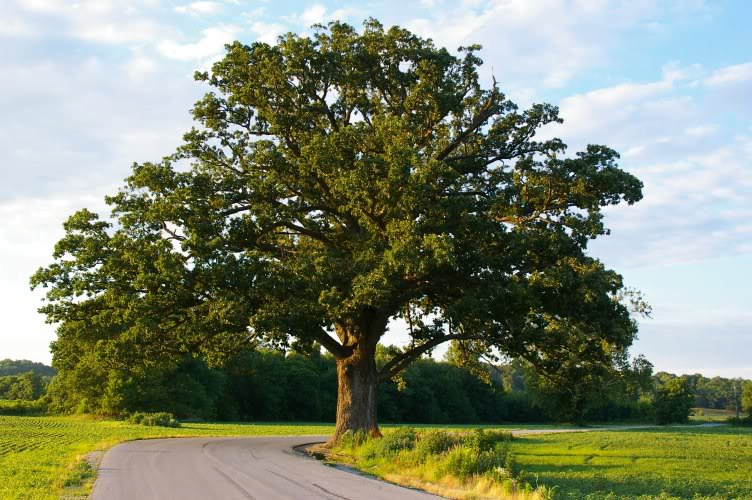
South (The South Atlantic Region):
Southern Red Oak (Quercus falcata): Adaptable and robust, the Southern Red Oak, with its glossy leaves and rich-hued bark, plays host to a multitude of moth and butterfly species native to the southern states.
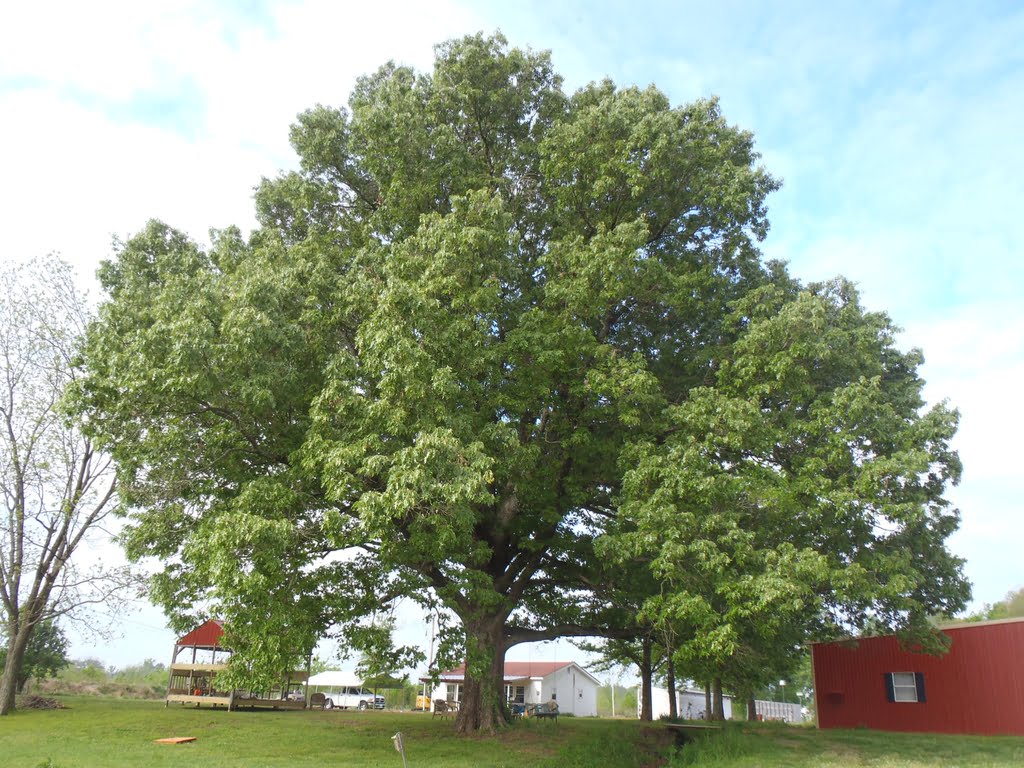
West (The Pacific Region):
Blue Oak (Quercus douglasii): Native to California, the Blue Oak, with its bluish-green leaves, not only adds to the region’s scenic beauty but also anchors its lepidopteran life.
